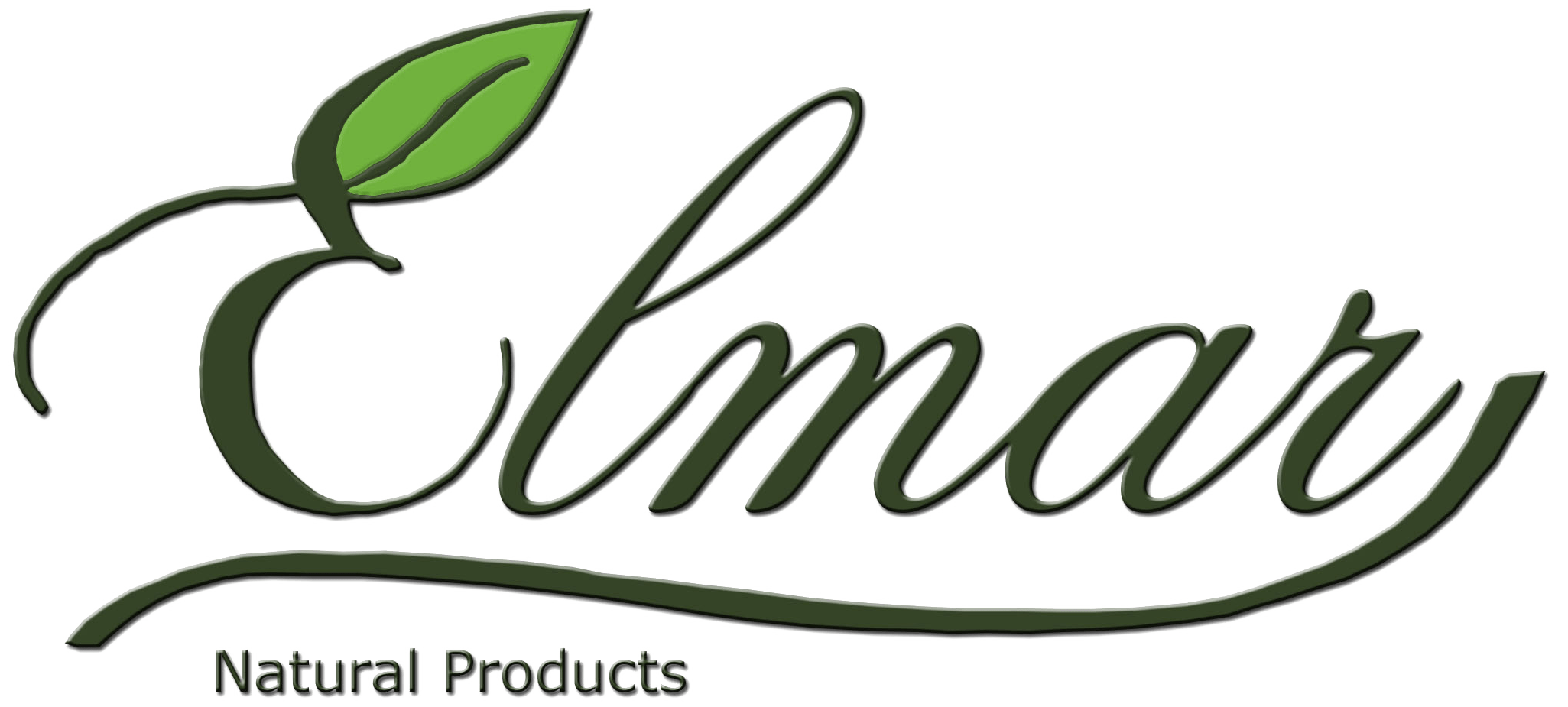In recent years, thanks to effective trade promotion policies, Vietnam’s cinnamon products have successfully conquered many famous and difficult international markets such as the US, EU, or Canada and major markets such as China and India. This has brought high value and profit to farmers. In particular, cooperatives are increasingly playing an important role in the cinnamon production value chain.
Statistics show that Vietnam is the third-largest cinnamon-producing country in the world, after Indonesia and China. Vietnam’s cinnamon and star anise exports have continuously increased over the years, especially in 2022 reaching about 276 million USD.

Farmers grow cinnamon to export throughout Asia and Europe.
“LIVE WELL” WITH CINNAMON
Yen Bai is one of the provinces with the largest cinnamon growing area and production in Vietnam, with over 81,000 ha, accounting for 1/3 of the province’s planted forest area.
Cinnamon in Yen Bai is concentrated mainly in Van Yen district (45.2 thousand ha, accounting for 55.7% of the province’s cinnamon area) and Tran Yen district (19,000 ha). There are some other districts such as Van Chan (9,000 ha), Luc Yen (5.9 thousand ha), and Yen Binh (2.1 thousand ha).
To take advantage of its strengths, in the past time, the connection between cooperatives, enterprises, and cinnamon growers has been paid attention by authorities at all levels in the province. It aims to develop and form value chains linking the production with the consumption of cinnamon and organic cinnamon-based products.
According to statistics, Yen Bai province currently has over 6,757 ha of certified organic cinnamon. Of which, Van Yen district has 4,612 ha and Tran Yen 2,145 ha. Typical production units include Son Ha Van Yen Company with 3,541.5 ha, OLam Van Yen Company with 1,071 ha, Vietnam Cinnamon–Star anise Cooperative with 2,100 ha, and Hong Ca Service Cooperative with 45 ha.
Bark, wood, leaves, and roots of cinnamon are all worth using. Therefore, cinnamon is considered a multi-beneficial crop, bringing high economic value. Cinnamon products in Yen Bai are exported around the world. In addition to cinnamon essential oil, there are some other products such as cinnamon tea, cinnamon cleaner, handicraft products, souvenirs, etc.
With high value, cinnamon is becoming a tree to help farmers get rich in many localities of the province. As in Dao Thinh commune, Tran Yen district, farmers in the past mainly lived by growing rice, corn, or mulberry. In recent years, over 800 ha of cinnamon has contributed to reducing poverty and enriching this locality. Farmers have implemented the process of producing clean and organic cinnamon to improve the value of the tree and its products.
All peeled cinnamon barks from the hills in Dao Thinh commune and surrounding areas are purchased by Hoa Thinh Cinnamon Cooperative at prices higher than in the market from 2,000 to 5,000 VND/kg.
It is known that Dao Thinh Cinnamon–Star anise Cooperative currently has 20 joint venture members, associated with hundreds of households in the area to build a material area of 700 ha.

Vietnam is the leading exporter of cinnamon in the world.
PROMOTE ORGANIC PRODUCTION
On average, each month, Dao Thinh Cinnamon-Star anise Cooperative purchases more than 100 tons of fresh cinnamon. The Cooperative ensures to purchase all barks of organic cinnamon at a price always higher than the market price. The Cooperative is preliminary processing 12 cinnamon products such as powdered cinnamon, cinnamon essential oil, etc
Besides, the Cooperative also built an organic cinnamon factory with a capacity of over 100 tons of cinnamon/month. The products are quality assured and exported to difficult markets such as the US, EU, Japan, etc with an output of over 2,000 tons/year.
It can be seen that organic cinnamon production is a direction in line with the current development trend and contributes to improving economic value and building Yen Bai cinnamon’s brand.
The latest analysis also shows that over the next 10 years, the global organic spice market will grow at least 4.6% per year and reach a total value of 15 billion USD.
Regarding the cinnamon market alone, from now to 2025, the average growth per year will be 14%. This is a great opportunity for Yen Bai in particular and Vietnam in general when cinnamon is a favorite spice in many countries.
However, in 150,000 ha of cinnamon planted throughout the country, only a small amount is certificated organic. Therefore, the representative of the Vietnam Trade Office in Canada – one of the key export markets of Vietnamese cinnamon, said that: To improve market share as well as the value of cinnamon products, it is necessary to invest more in quality, processing, and expanding the market, instead of just focusing on raw export as now.
“Canadians increasingly prefer and use cinnamon in their cuisine and health care. Especially after the COVID-19 pandemic, many studies have demonstrated the effectiveness of cinnamon in boosting immunity. The CPTPP agreement has brought a tariff advantage that helps us overcome competitors such as Indonesia and India to increase our market share and export value,” said Mrs. Tran Thu Quynh, Trade Counselor, Head of the Vietnam Trade Office in Canada.
Therefore, the Vietnam Cinnamon – Star anise Association needs a strategy to build geographical indications for Vietnam’s Cassia cinnamon. This is to promote and affirm the advantage of Cassia cinnamon compared to Ceylon cinnamon of South Asia.
Besides, businesses need to coordinate with other industries to increase the value of deep processing and introduce new products to the market such as cinnamon honey, cinnamon scented candles./.
